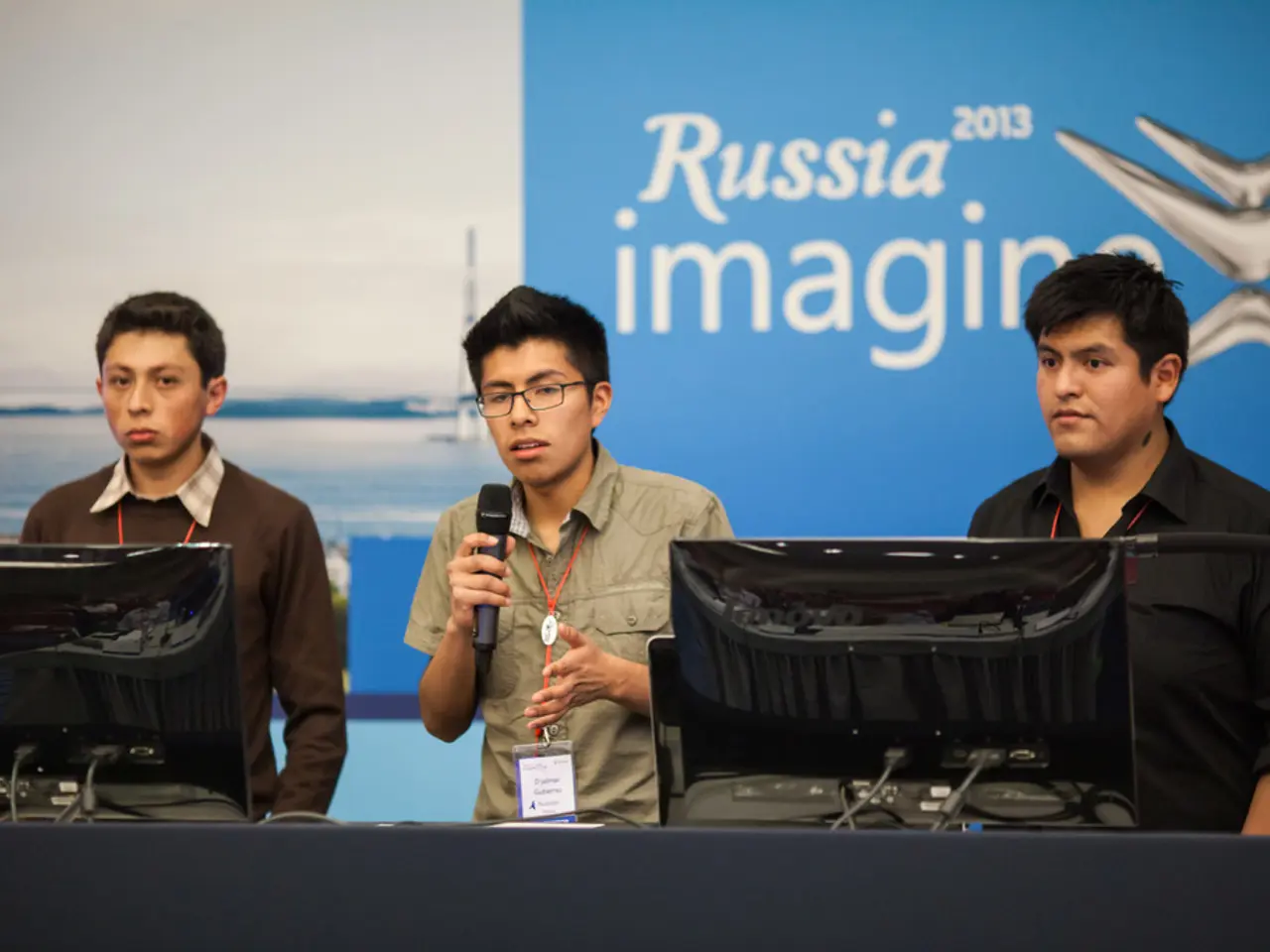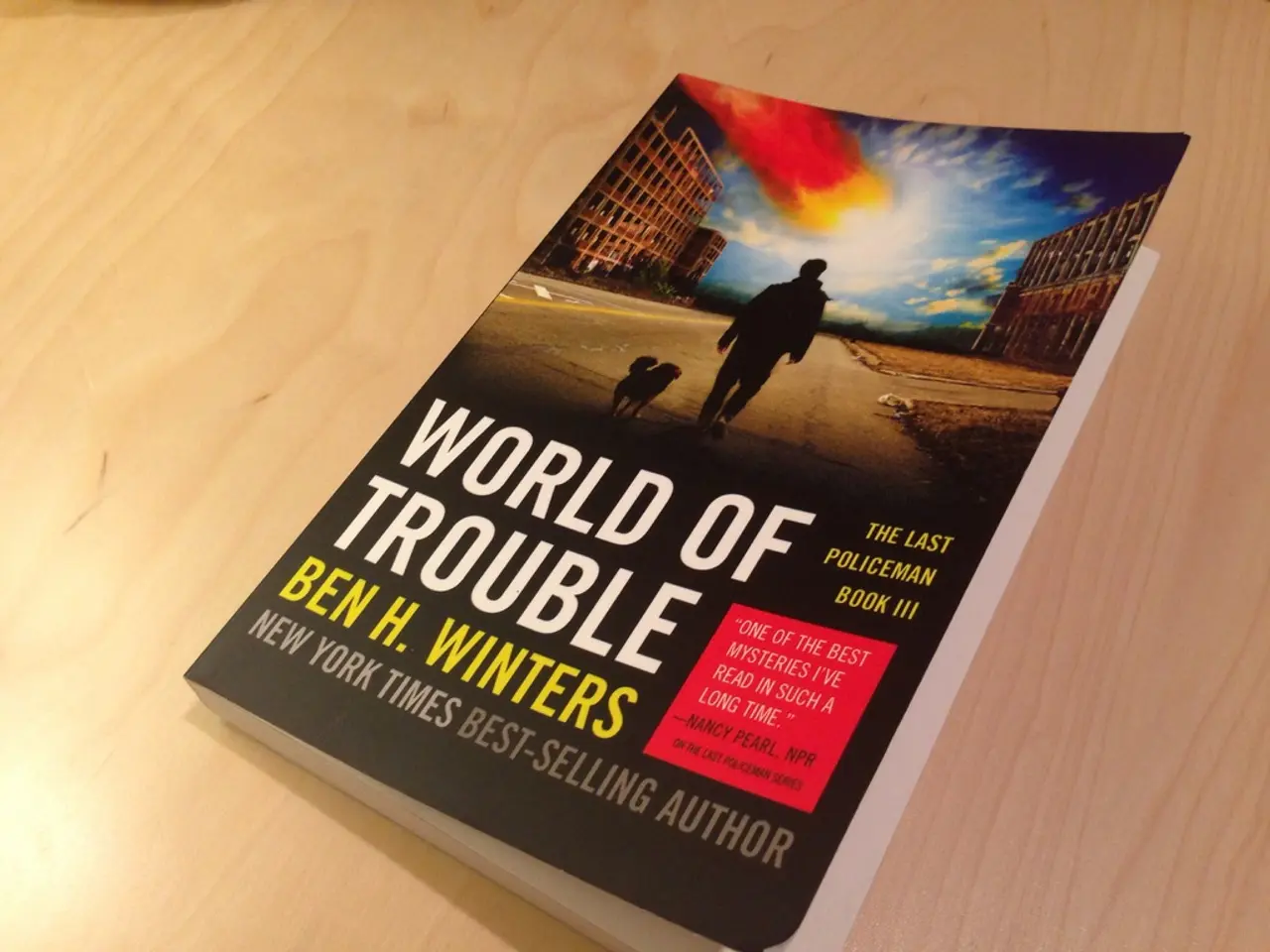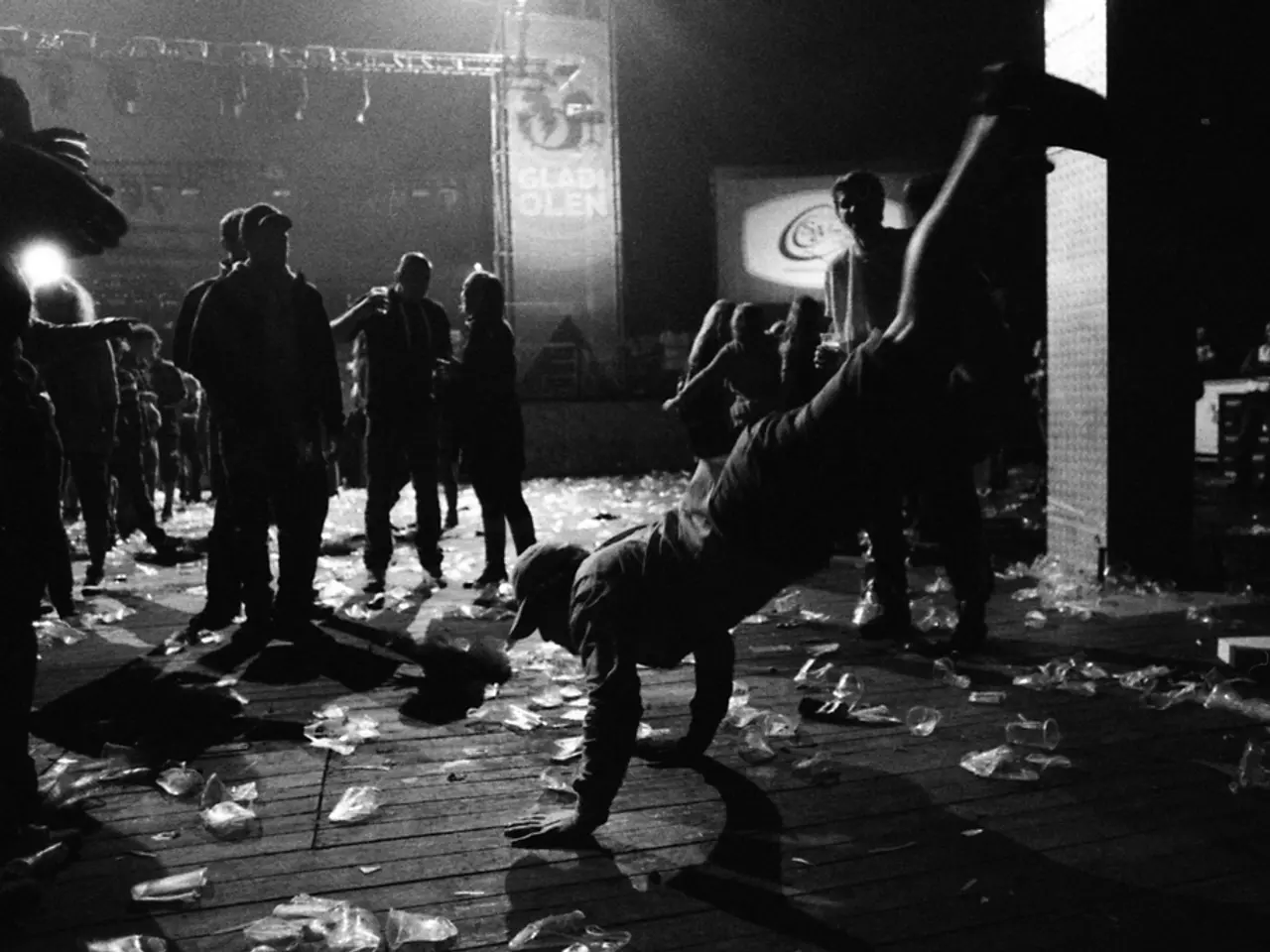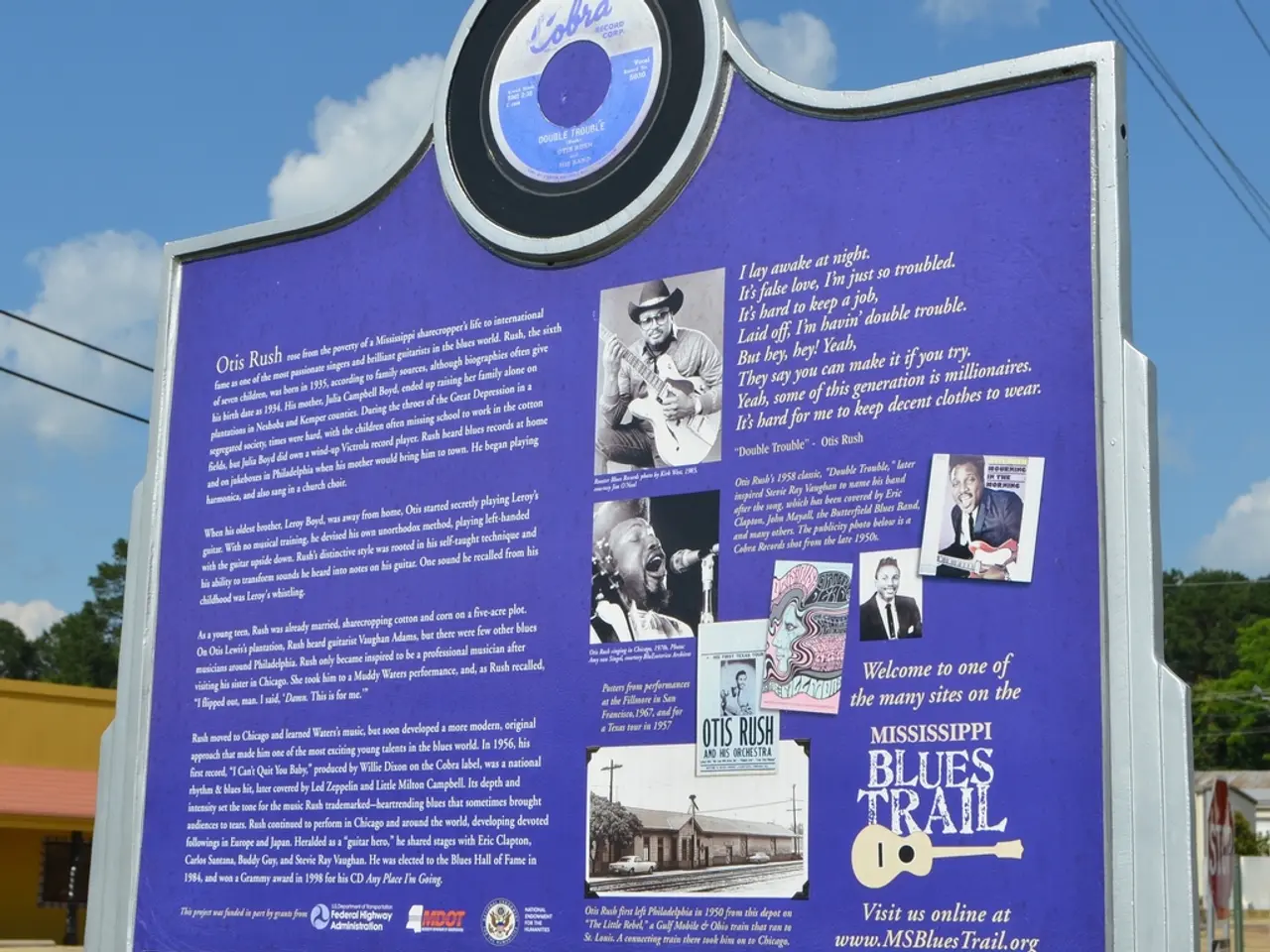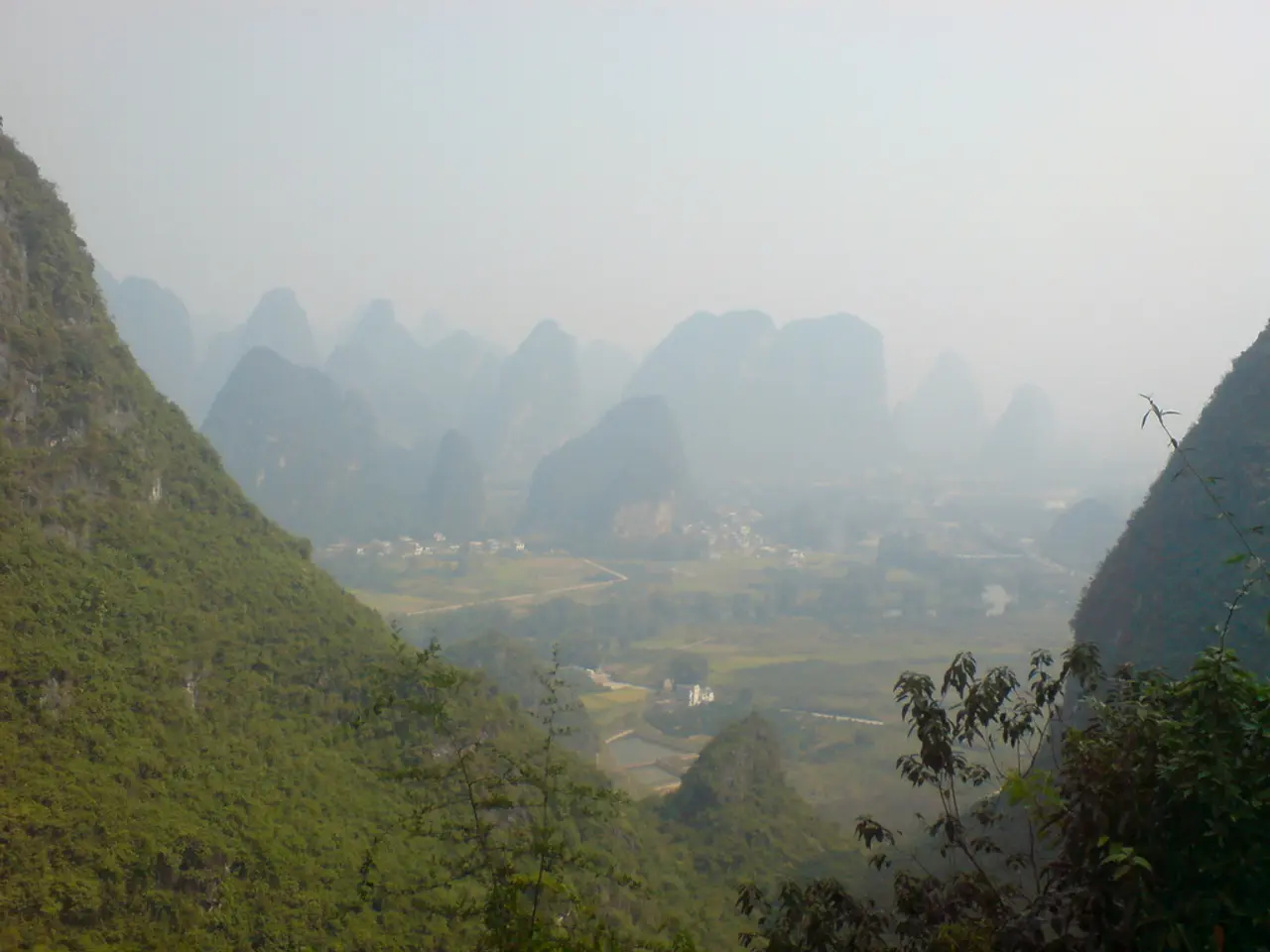A section of the Grand Canyon that bore the brunt of a fire a month prior
The Grand Canyon National Park in Arizona is currently battling the "Dragon Bravo Fire," an uncontrolled wildfire that has been burning for over a month. The fire, ignited by lightning on July 4, has scorched over 133,000 acres and is currently about 13 percent contained as of early August 2025.
The fire has caused significant damage, with approximately 70 structures, including the historic Grand Canyon Lodge and the North Rim Visitor Center, being destroyed. Due to the extensive damage, the North Rim of the park is closed for the entirety of the 2025 season.
The fire has affected multiple watersheds around the North Rim, including House Rock Wash, Buck Farm Canyon, Bright Angel Creek, and others. Burned areas pose increased risks of flash floods and debris flows during the monsoon season, which visitors are advised to be cautious about.
Over 1,200 firefighters are working tirelessly to contain the fire, focusing on mixed conifer, aspen regeneration, ponderosa pine, piñon-juniper, and sage fuels. Temporary Flight Restrictions remain in place over the affected area. While some nearby roads such as U.S. Route 89A have reopened, State Route 67 remains closed, and local campgrounds and ranger district areas remain partially closed.
Public meetings and updates continue to be held and streamed online to keep the community informed. However, containment progress is slow due to dry, windy conditions, and the fire remains the largest active wildfire in the United States at this time.
The South Rim of the Grand Canyon, preferred by the majority of visitors, remains accessible. However, the North Rim, which was closed mid-July, will remain closed until October 15. Approximately 500 tourists and employees were evacuated from the Grand Canyon due to the "Dragon Bravo Fire" in July.
The "Dragon Bravo Fire" poses a risk of further spread due to Arizona's extremely dry and hot weather. According to the Arizona's fire management team's statement, the growth of the fire has been controlled. Despite this, the fire is classified as a "megafire," and its containment remains at a low 13 percent.
This year, wildfire management is a sensitive issue in the American West due to budget cuts and layoffs at the agency responsible for forests, NOAA, and FEMA, under President Donald Trump. The "Dragon Bravo Fire" is a stark reminder of the challenges faced in managing these natural disasters.
[1] Grand Canyon National Park Service [2] Arizona Daily Sun [3] National Interagency Fire Center [4] Arizona Department of Transportation
- The wildfire in Grand Canyon National Park, known as the "Dragon Bravo Fire," has been burning for over a month and is currently classified as a "megafire," despite efforts by over 1,200 firefighters to control it.
- The extensive damage caused by the "Dragon Bravo Fire" has led to significant changes in environmental-science and policy-and-legislation, with the North Rim of the park remaining closed for the rest of 2025 and budget cuts and layoffs at agencies responsible for wildfire management in the American West becoming a topic of general-news and politics.
- The "Dragon Bravo Fire" has been a major source of climate-change discussion, with its continued growth and slow containment being attributed to Arizona's extremely dry and hot weather, raising concerns about the future of wildfire management in the region and the impact on the environment.

